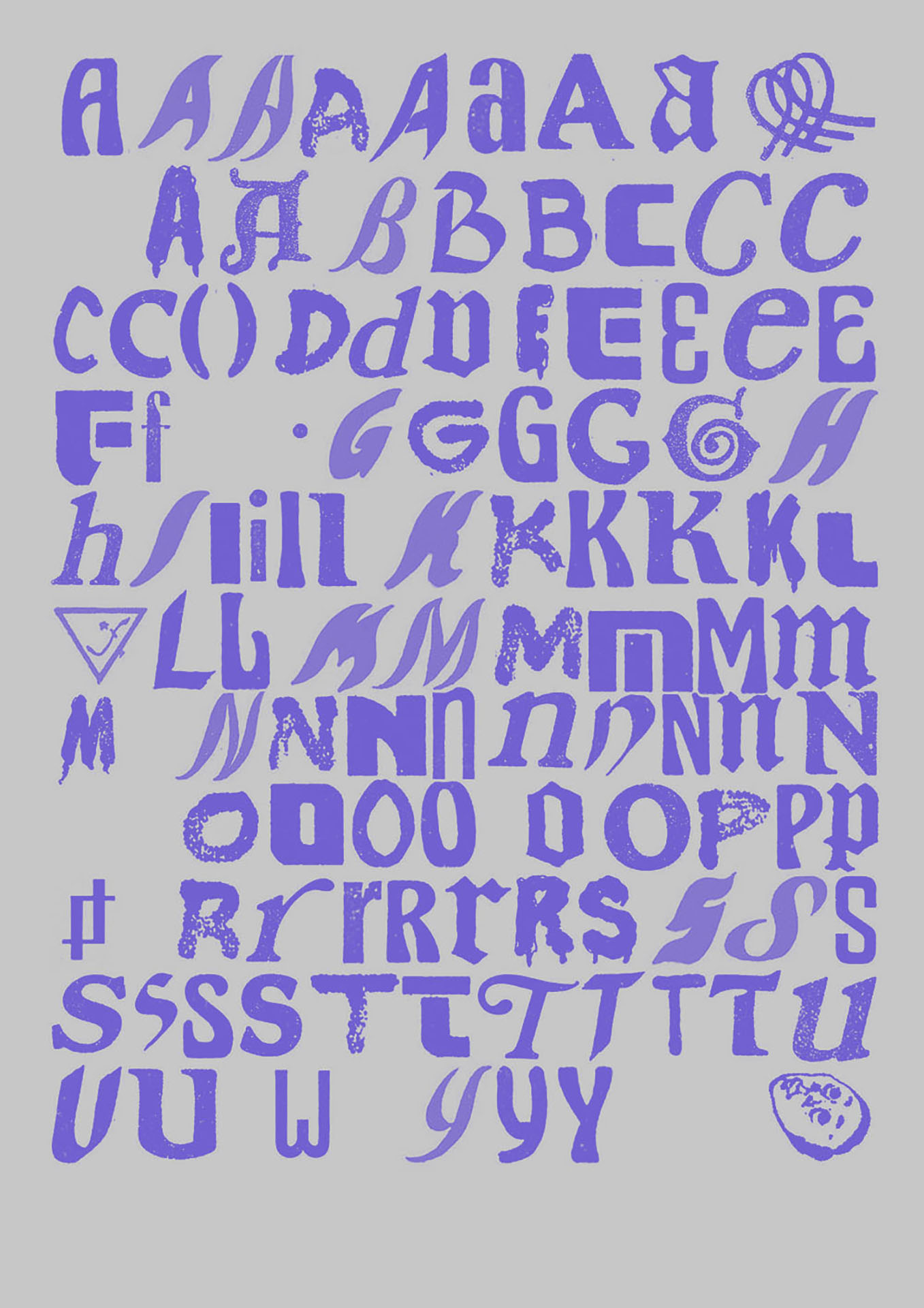Anna Sandri is a visual artist from Canale (IT), currently based in Rotterdam (NL). She has a background in Illustration and Animation. In 2021 she graduated from the Experimental Publishing Master course at Piet Zwart Institute.
She is interested in iconographic and narrative patterns.
Her current practice focuses on representations of faith, despair and redemption drawn from art history and visual culture to present visual narratives in the current age of economic crisis and environmental disaster. She uses moving image, drawing and DIY prototyping to explore how we relate to these images.
Since 2021 she joined Soup, a studio and artist-run space located at Kruisplein in Rotterdam, where she keeps up working and organizing while living under the constant threat of the building’s demolition. She currently works as an Instructor at Willem de Kooning Academy's Interaction Station.
Her current practice focuses on representations of faith, despair and redemption drawn from art history and visual culture to present visual narratives in the current age of economic crisis and environmental disaster. She uses moving image, drawing and DIY prototyping to explore how we relate to these images.
Since 2021 she joined Soup, a studio and artist-run space located at Kruisplein in Rotterdam, where she keeps up working and organizing while living under the constant threat of the building’s demolition. She currently works as an Instructor at Willem de Kooning Academy's Interaction Station.

Rewriting the Future
Park, Tilburg
6th of January - 18th of February 2024
Group Show
Artists: Anna Sandri, Dario D’Aronco, Frederique Jonker, Maaike Kramer and Amrith de Zoete
Curator: Niek Hendrix
Park, Tilburg
6th of January - 18th of February 2024
Group Show
Artists: Anna Sandri, Dario D’Aronco, Frederique Jonker, Maaike Kramer and Amrith de Zoete
Curator: Niek Hendrix
ps*
Soup, Rotterdam
2-3rd December 2023
Open Studio Exhibition
Participants: Anna Sandri, Damianos Zisimou, Nicolas Garin Odriozola, Rosa Zangenberg, Xaver Konneker and Avital Barkai
Soup, Rotterdam
2-3rd December 2023
Open Studio Exhibition
Participants: Anna Sandri, Damianos Zisimou, Nicolas Garin Odriozola, Rosa Zangenberg, Xaver Konneker and Avital Barkai
Springboard Art Fair
Werkspoorkathedral, Utrecht
8-11 th June 2023
Organized by This Art Foundation
Gallery Curator: Pieter Dobbelsteen
Werkspoorkathedral, Utrecht
8-11 th June 2023
Organized by This Art Foundation
Gallery Curator: Pieter Dobbelsteen
Macht van vie! - Power of Who
MaMA, Rotterdam
29th April 2022 - 26th June 2022
Exhibition exploring how games can be a mirror image of society and a means to demonstrate
MaMA, Rotterdam
29th April 2022 - 26th June 2022
Exhibition exploring how games can be a mirror image of society and a means to demonstrate
Wrong Side Out
Roodkapje, Rotterdam
17-19th December 2021
Collective exhibition on experimental electronica and hardware driven audiovisual installations
Roodkapje, Rotterdam
17-19th December 2021
Collective exhibition on experimental electronica and hardware driven audiovisual installations
Habitat
Habitat, Cà de Monti, Tredozio, Italy
August 2021
Artist in residence
Residency for the re-activation of Italian rural areas through the development of artistic practices
Habitat, Cà de Monti, Tredozio, Italy
August 2021
Artist in residence
Residency for the re-activation of Italian rural areas through the development of artistic practices
Blue Links
Varia * RIB Gallery * Nieuw Charlois * The Pole, Rotterdam
July 2021
Participants: Anna Sandri, Avital Barkai, Damlanur Bilgin, Sandra Golubjevaite, Tisa Neža Herlec, Mark van den Heuvel, Max Lehmann, Mika Motskobili, Clara Noseda and Ioana Tomici.
Group exhibition and Graduation show of the Experimental Publishing master course.
Varia * RIB Gallery * Nieuw Charlois * The Pole, Rotterdam
July 2021
Participants: Anna Sandri, Avital Barkai, Damlanur Bilgin, Sandra Golubjevaite, Tisa Neža Herlec, Mark van den Heuvel, Max Lehmann, Mika Motskobili, Clara Noseda and Ioana Tomici.
Group exhibition and Graduation show of the Experimental Publishing master course.
Input Output Tales from another module
De Player, Rotterdam
December 2019
Participants: Anna Sandri, Avital Barkai, Damlanur Bilgin, Sandra Golubjevaite, Tisa Neža Herlec, Mark van den Heuvel, Max Lehmann, Mika Motskobili, Clara Noseda and Ioana Tomici.
Group exhibition and lauch of the publication 'Input Output Tales from another module' designed in the context of the Experimental Publishing master course.
De Player, Rotterdam
December 2019
Participants: Anna Sandri, Avital Barkai, Damlanur Bilgin, Sandra Golubjevaite, Tisa Neža Herlec, Mark van den Heuvel, Max Lehmann, Mika Motskobili, Clara Noseda and Ioana Tomici.
Group exhibition and lauch of the publication 'Input Output Tales from another module' designed in the context of the Experimental Publishing master course.








































































